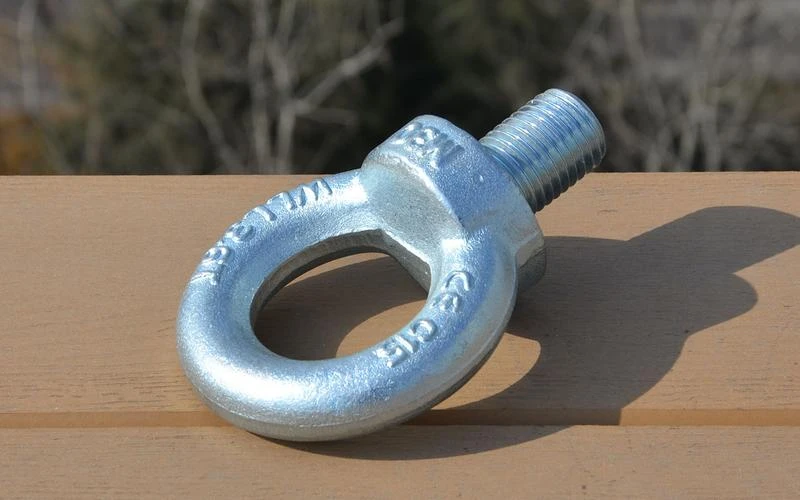News
ພ.ຈ. . 16, 2024 11:06 Back to list
wire rope turnbuckle
Understanding Wire Rope Turnbuckles Essential Components in Rigging Systems
Wire rope turnbuckles are vital components used in various rigging and tensioning applications. Their primary function is to precisely adjust the tension and length of cables, wires, or ropes, making them essential for ensuring the safety and stability of structures and equipment. The design and operation of turnbuckles are fundamental to many industries, including construction, marine, automotive, and agricultural sectors.
What is a Turnbuckle?
A turnbuckle is a mechanical device that consists of a metal frame with threaded ends and a central body. The ends feature either eyelets, hooks, or other attachment points, allowing for the secure connection of wires or ropes. The body of the turnbuckle houses a rotating mechanism, which enables the user to increase or decrease the tension by twisting the center section. This adjustable nature makes turnbuckles versatile tools in applications requiring dynamic tensioning.
How Do Turnbuckles Work?
The operation of a turnbuckle is straightforward. By rotating the central body, the user adjusts the distance between the two end connections. When the turnbuckle is screwed in, it pulls the ends closer together, increasing tension on the attached wire or rope. Conversely, unscrewing the turnbuckle decreases the tension. This simple mechanism makes it easy to make fine adjustments, critical for maintaining the integrity of structures.
Types of Turnbuckles
Turnbuckles come in various shapes and sizes, designed to accommodate different applications. The main types include
1. Open Body Turnbuckles These are standard turnbuckles where the body is not enclosed. They are commonly used in situations where visual inspection of tension is vital.
2. Closed Body Turnbuckles These have a fully enclosed body and are ideal for applications where environmental factors could affect the integrity of the turnbuckle.
wire rope turnbuckle

3. Swage Turnbuckles This type features a swage fitting, allowing for a more permanent connection to the wire rope. They are often used in high-stress applications.
4. Jaw and Jaw Turnbuckles These designs feature jaws at both ends instead of hooks or eyes. This configuration provides a strong connection point and is frequently found in rigging setups.
5. Hook and Hook Turnbuckles These have hooks on both ends, allowing for quick connections and disconnections, making them suitable for applications needing frequent adjustments.
Applications of Turnbuckles
Turnbuckles find use in a plethora of applications. In construction, they are used to tension cables in structures such as bridges and scaffolding, ensuring safety and stability during and after the build. In marine applications, they secure rigging lines on boats and yachts, keeping sails taut during navigation. Additionally, in the agriculture sector, turnbuckles are utilized in maintaining tension in fencing and other structures.
Safety Considerations
Using wire rope turnbuckles requires attention to safety standards. Improper installation or adjustment can lead to failures that result in accidents and property damage. It is crucial to select the appropriate turnbuckle type for the specific load requirements and to follow manufacturer guidelines regarding installation and maintenance.
Inspection of turnbuckles for signs of wear, corrosion, or damage is essential before each use. Regular maintenance includes cleaning and lubricating the threads to ensure smooth operation and prevent seizing.
Conclusion
Wire rope turnbuckles are indispensable tools in various industries, providing adjustable tension and stability in rigging applications. Understanding their types, functions, and proper use is essential for ensuring safety and efficiency in any project involving cables and ropes. As technologies and materials evolve, turnbuckles will continue to play a significant role in modern engineering and construction practices. By adhering to safety protocols and conducting regular inspections, users can enhance the longevity and reliability of these crucial components in their rigging systems.
